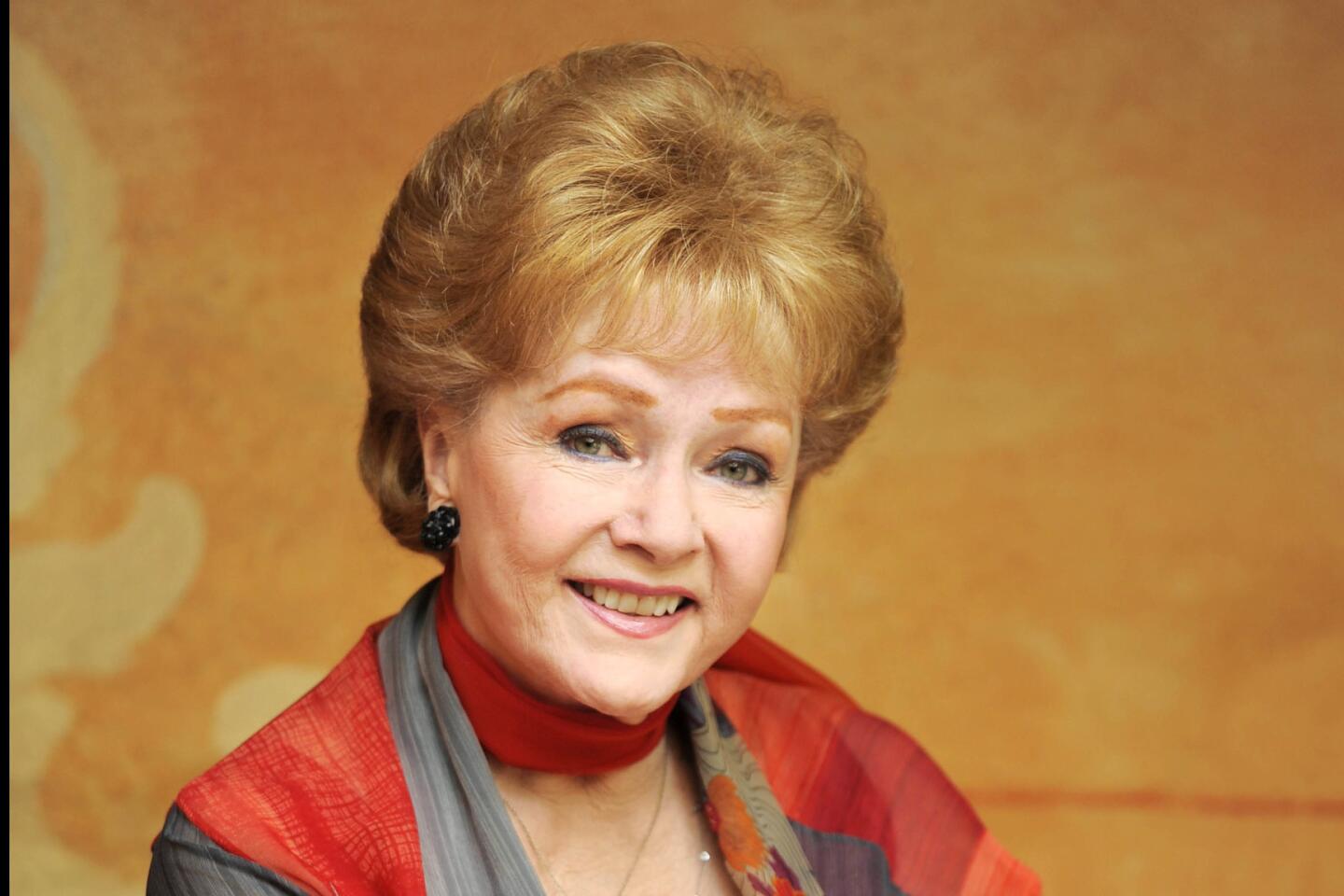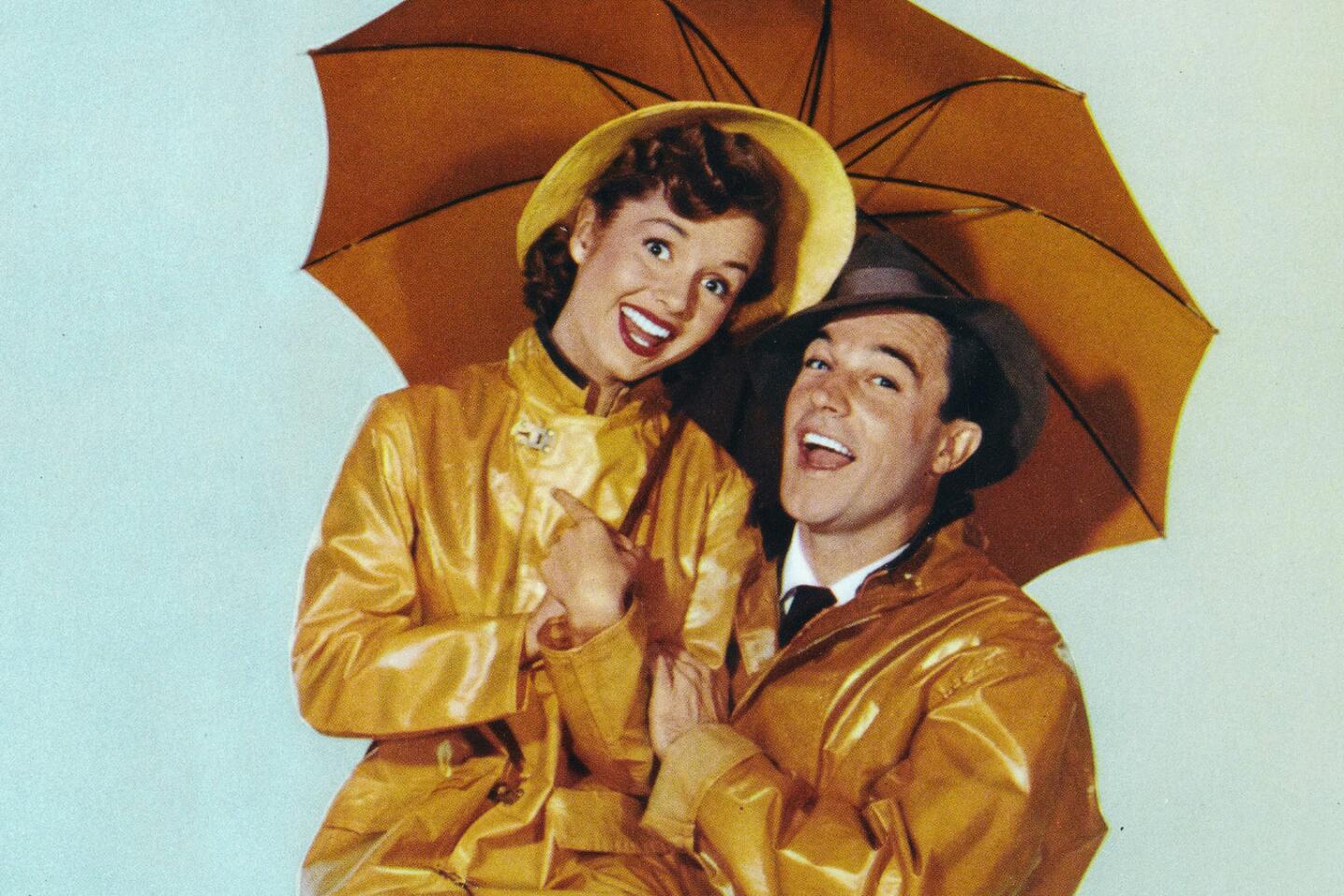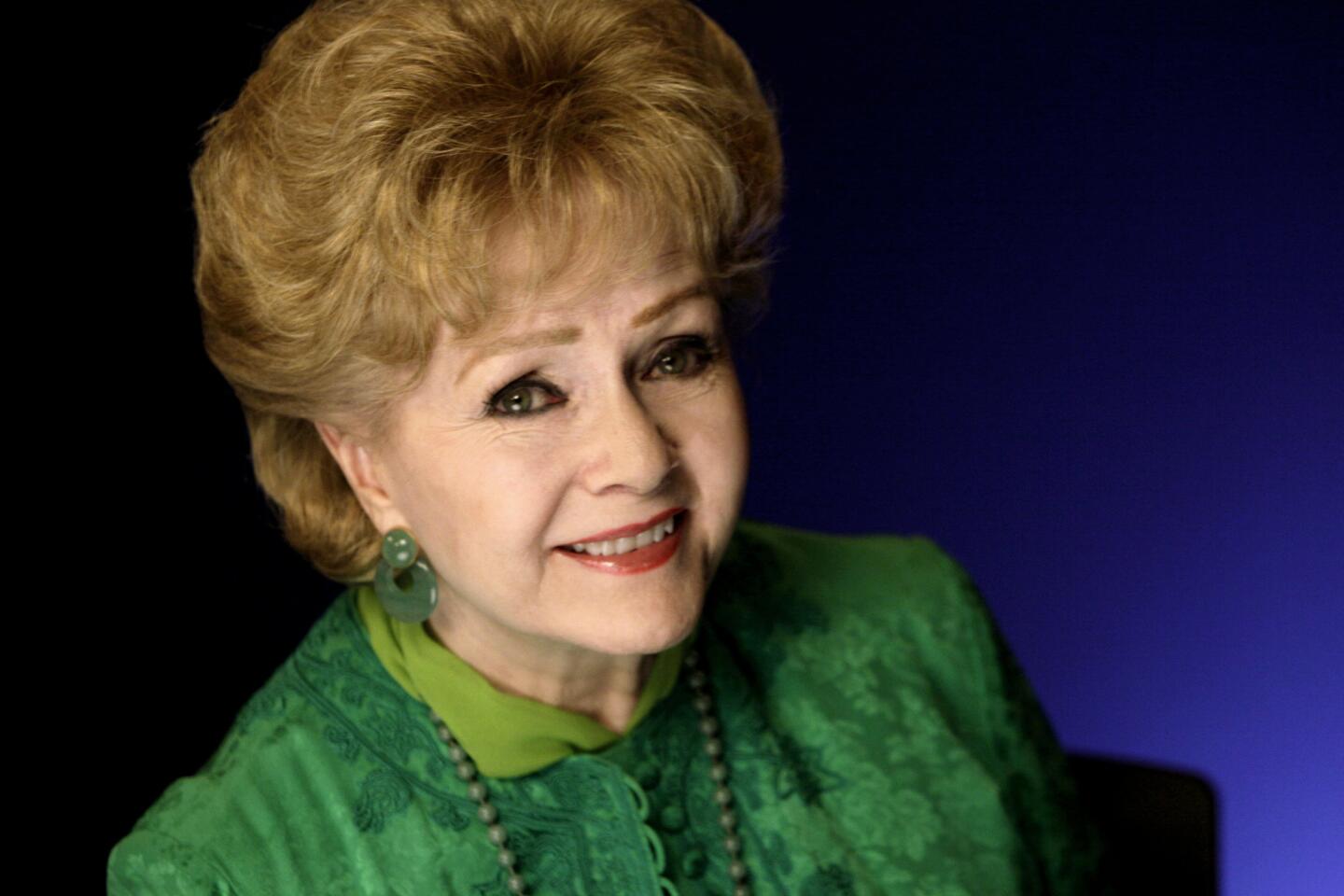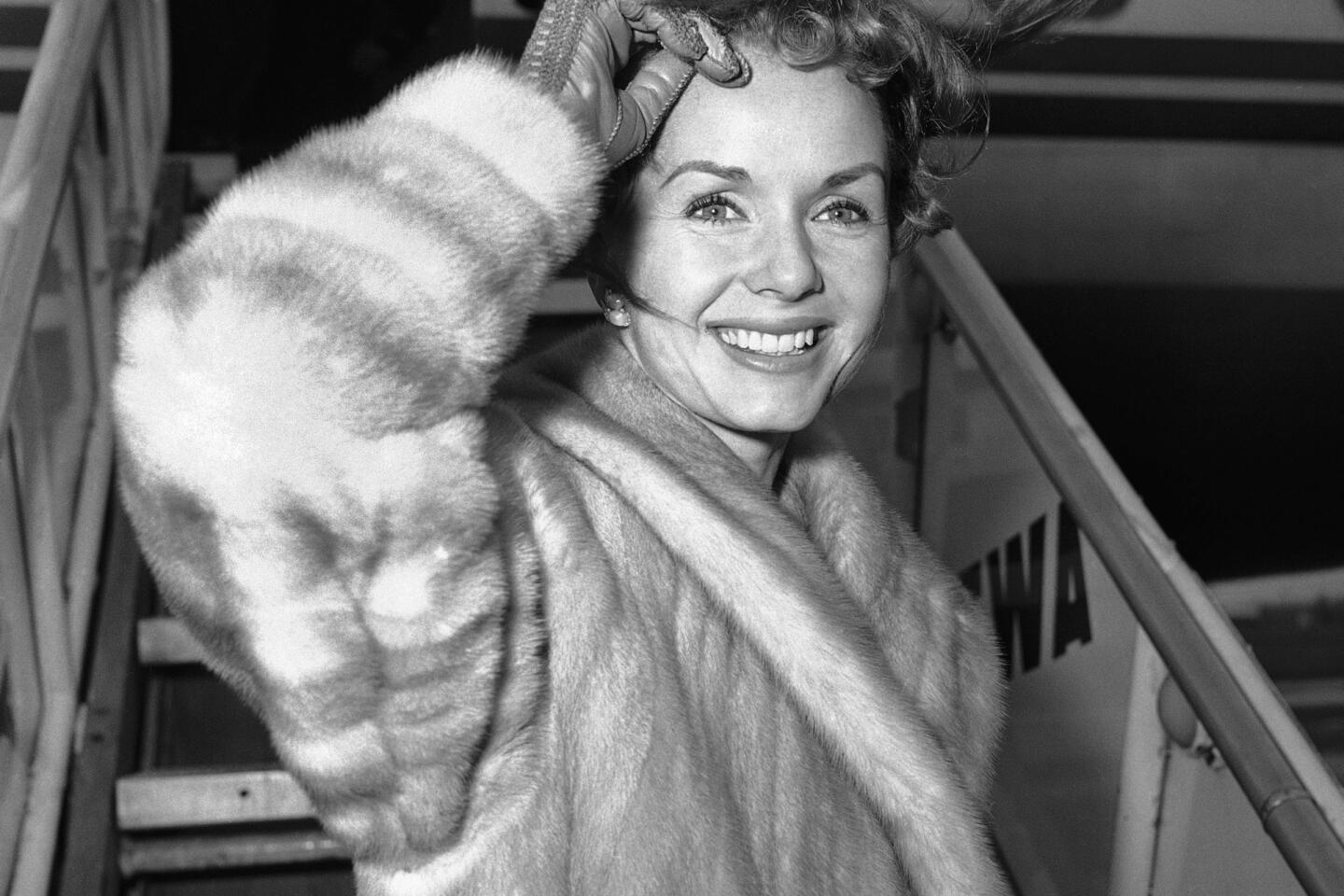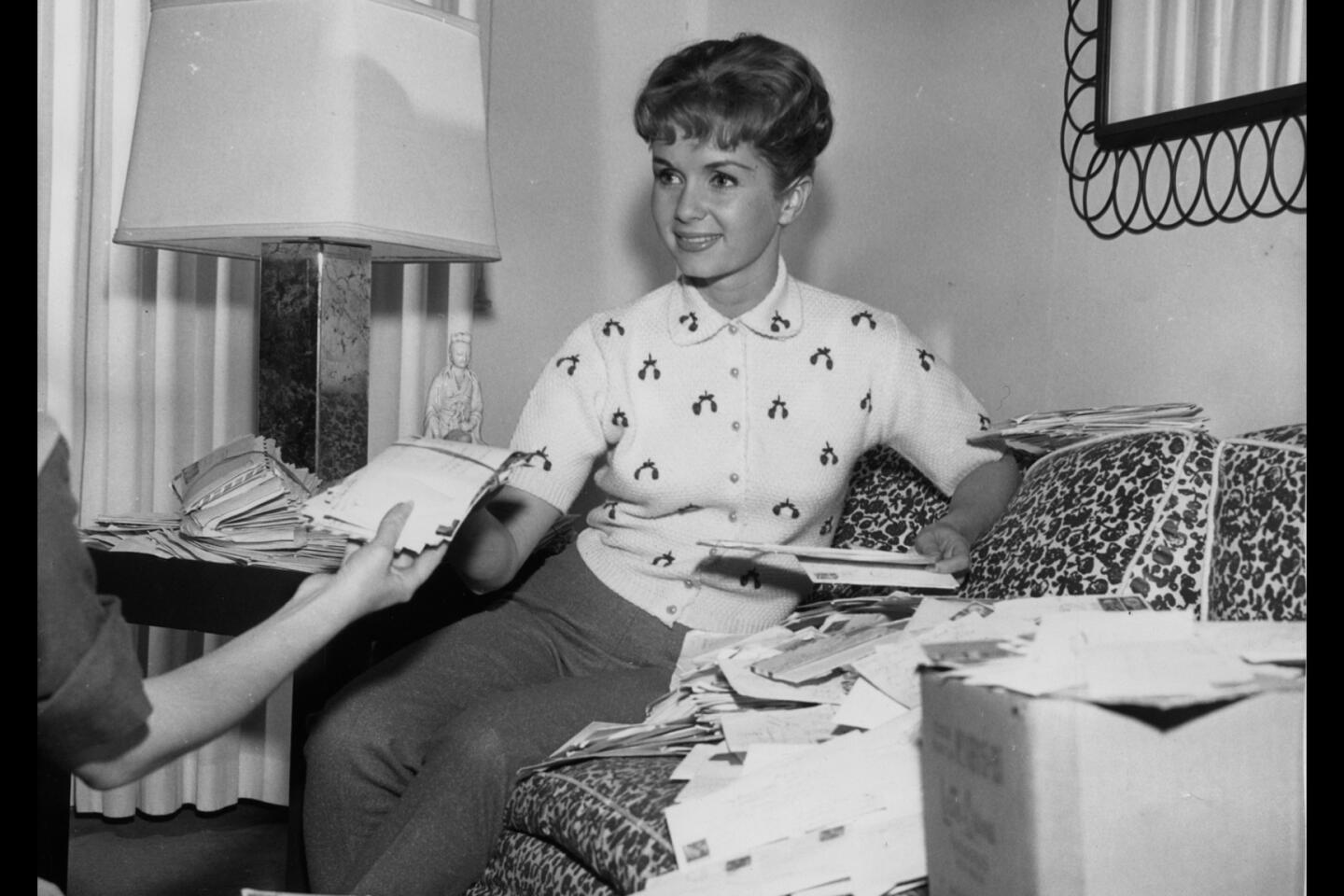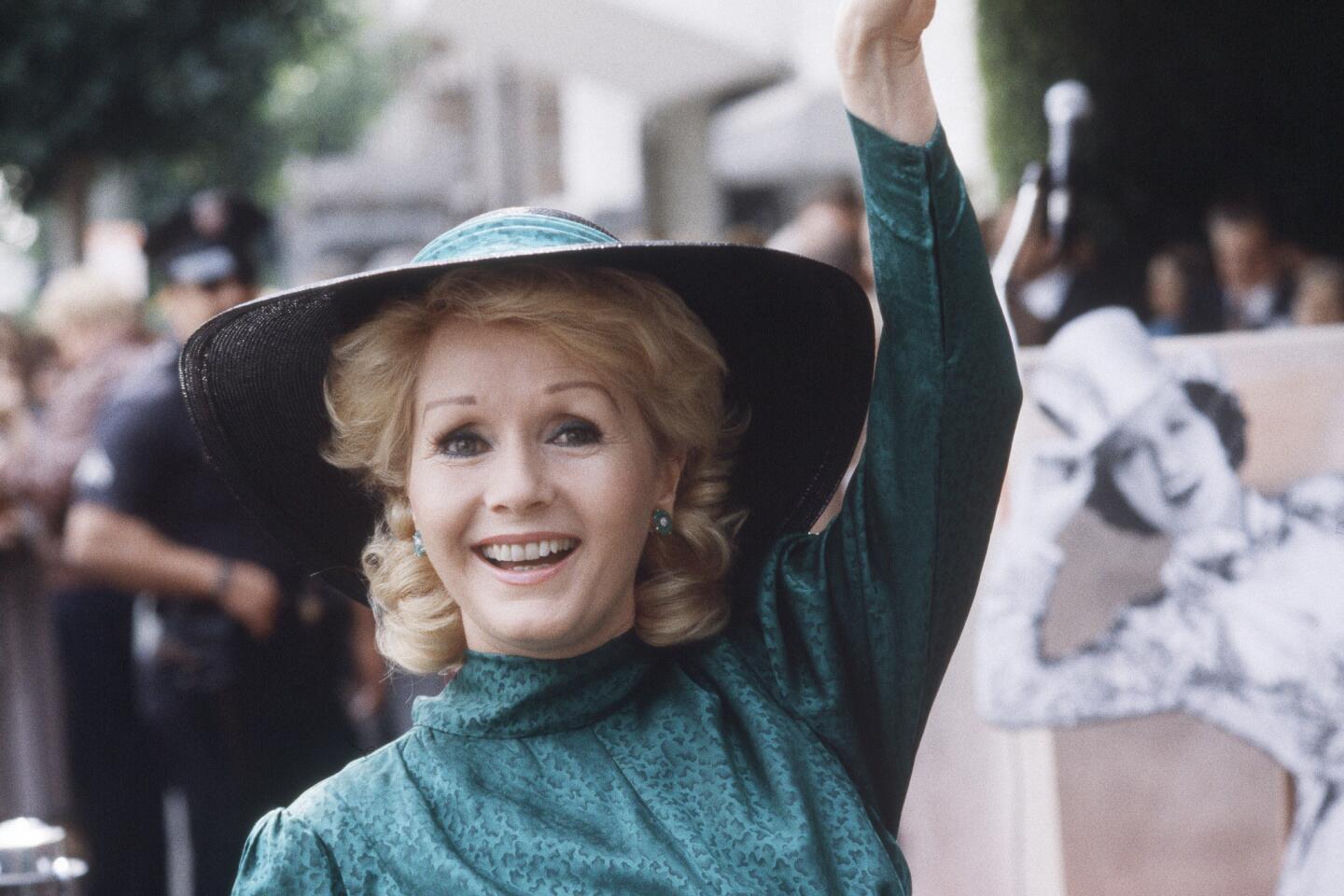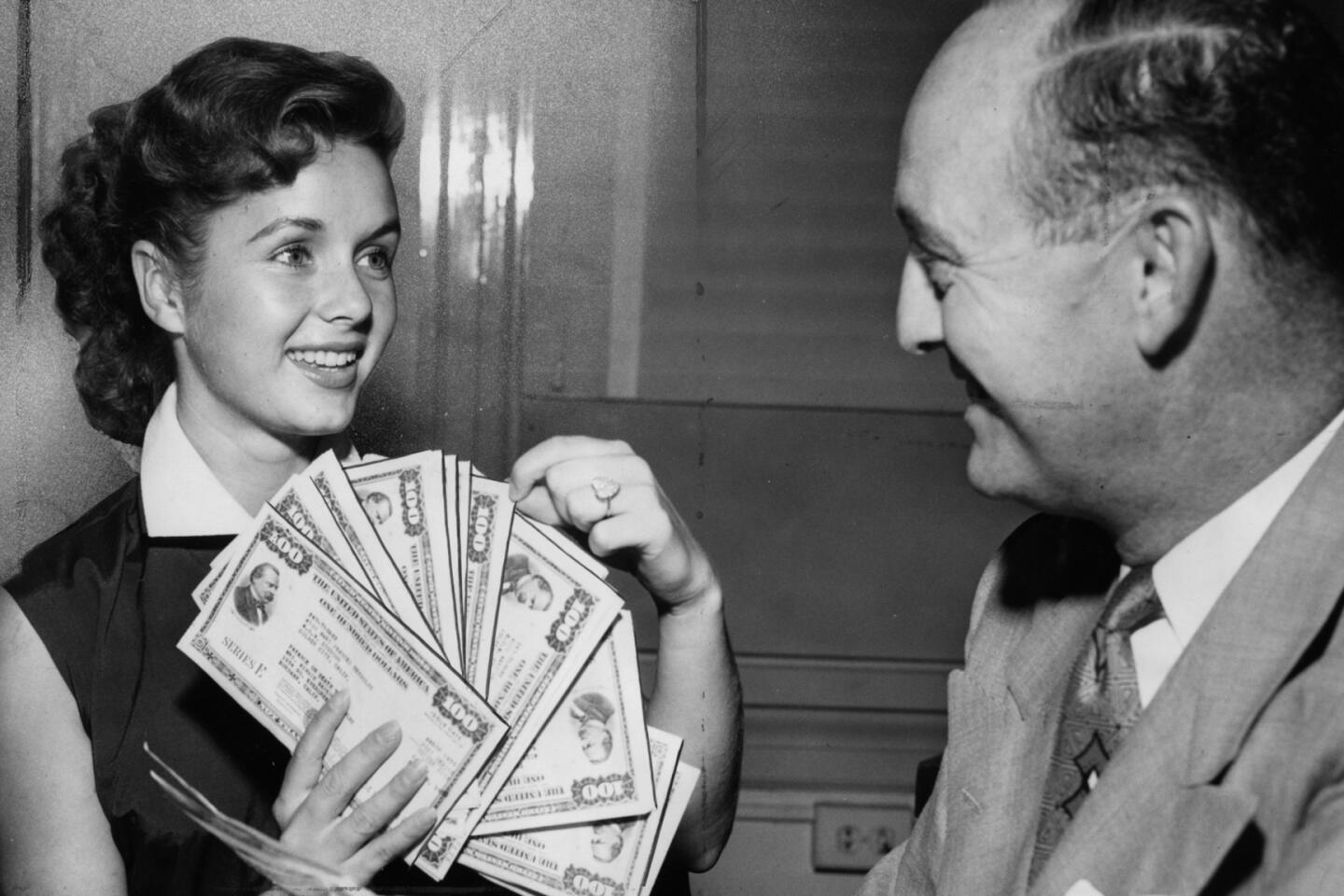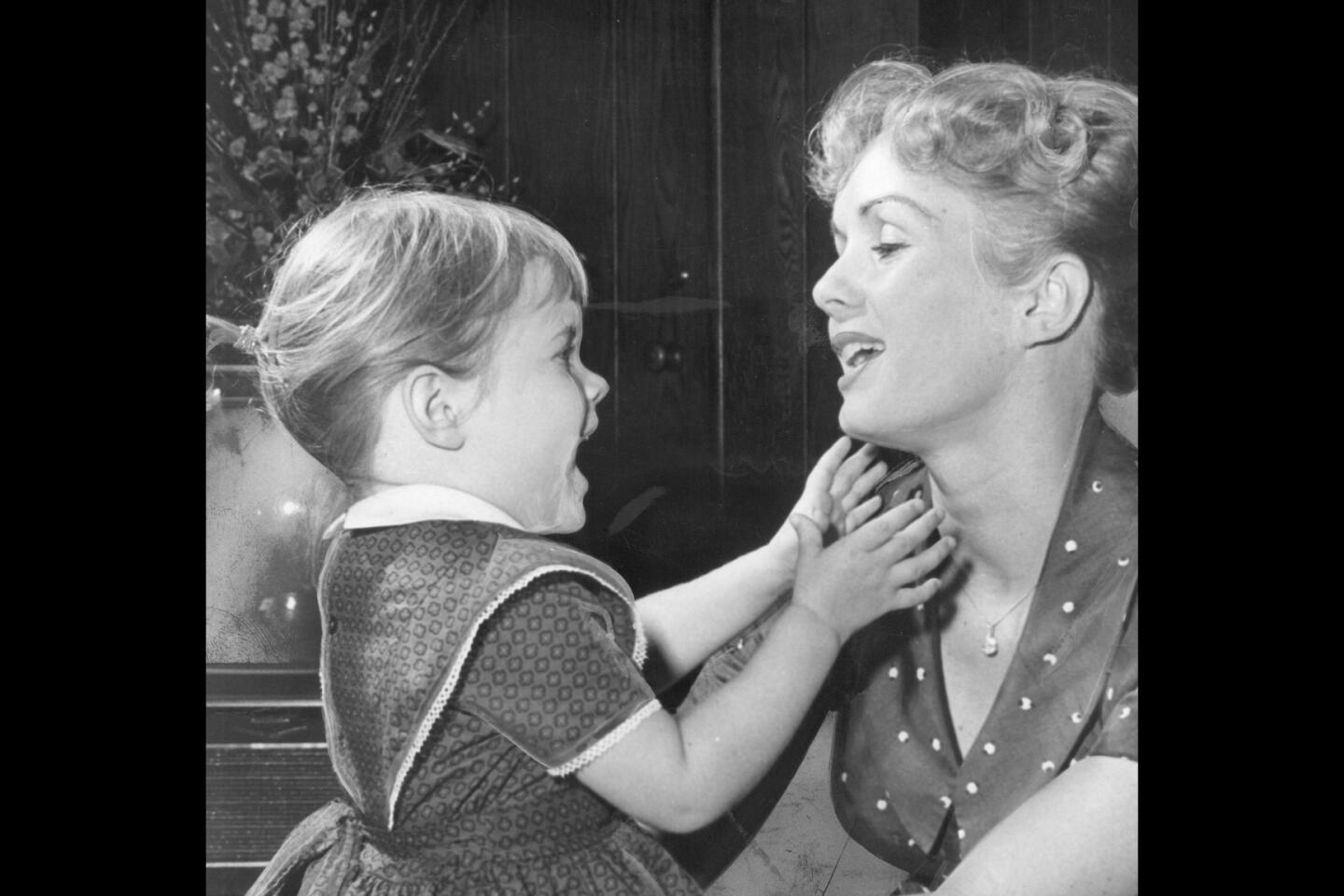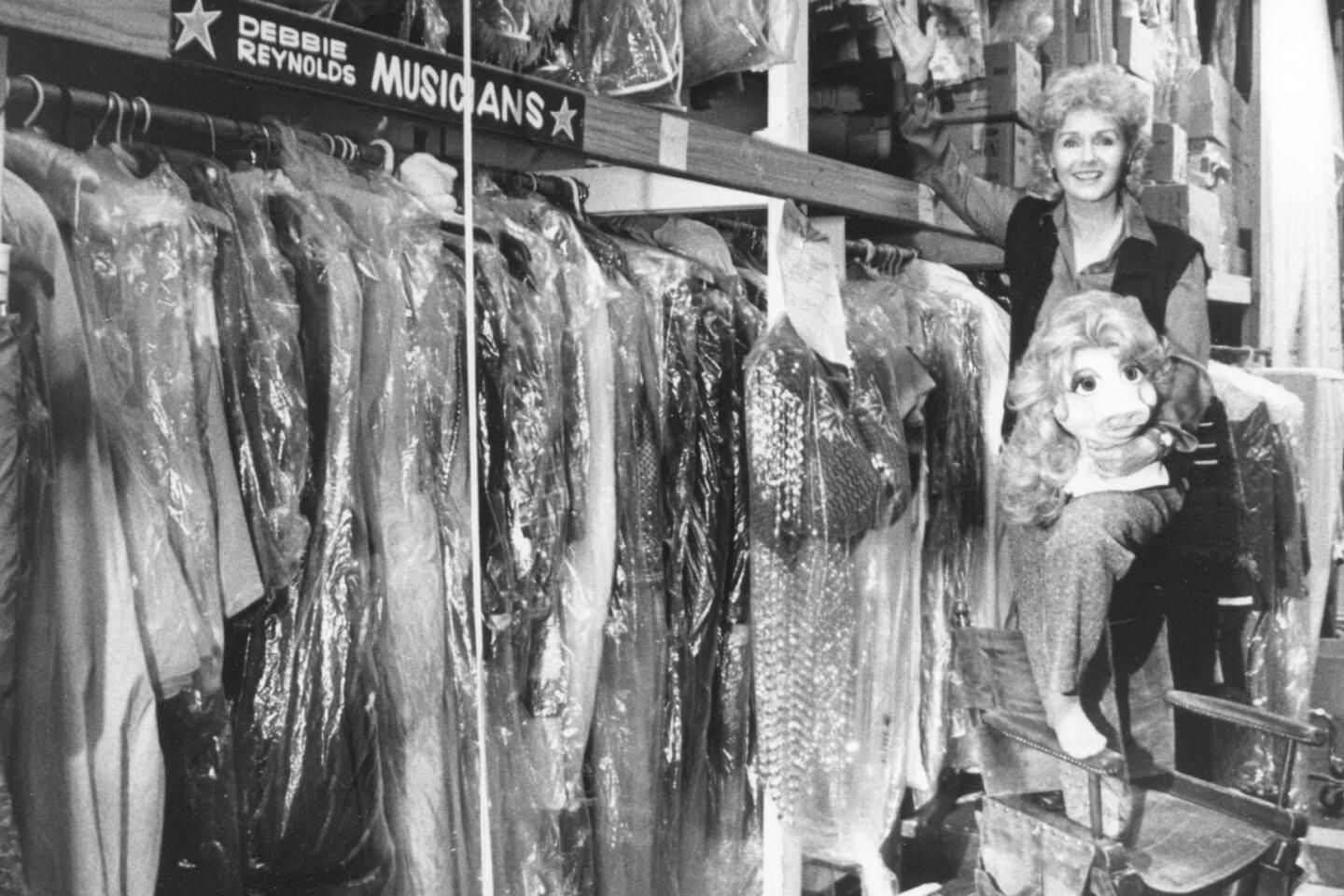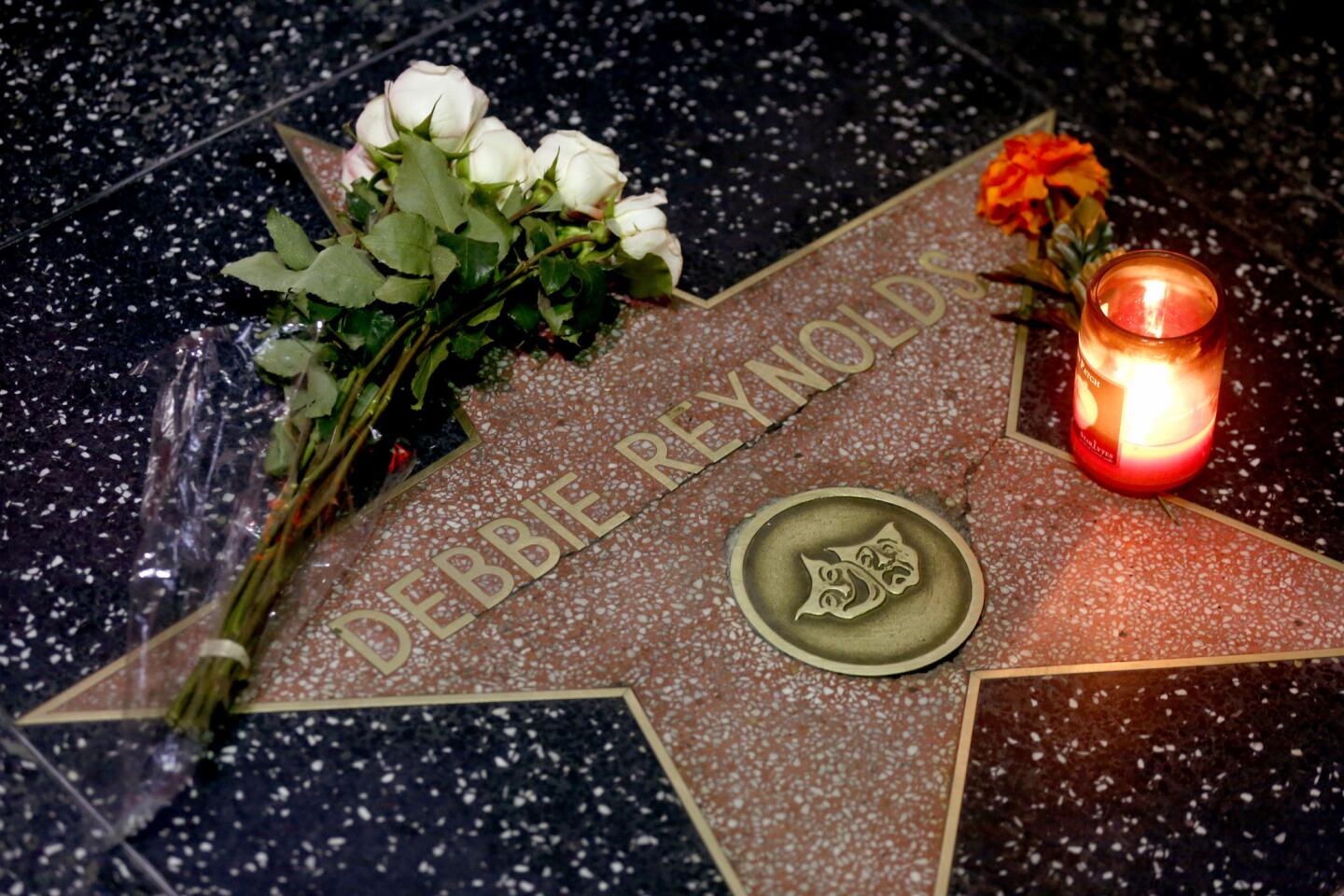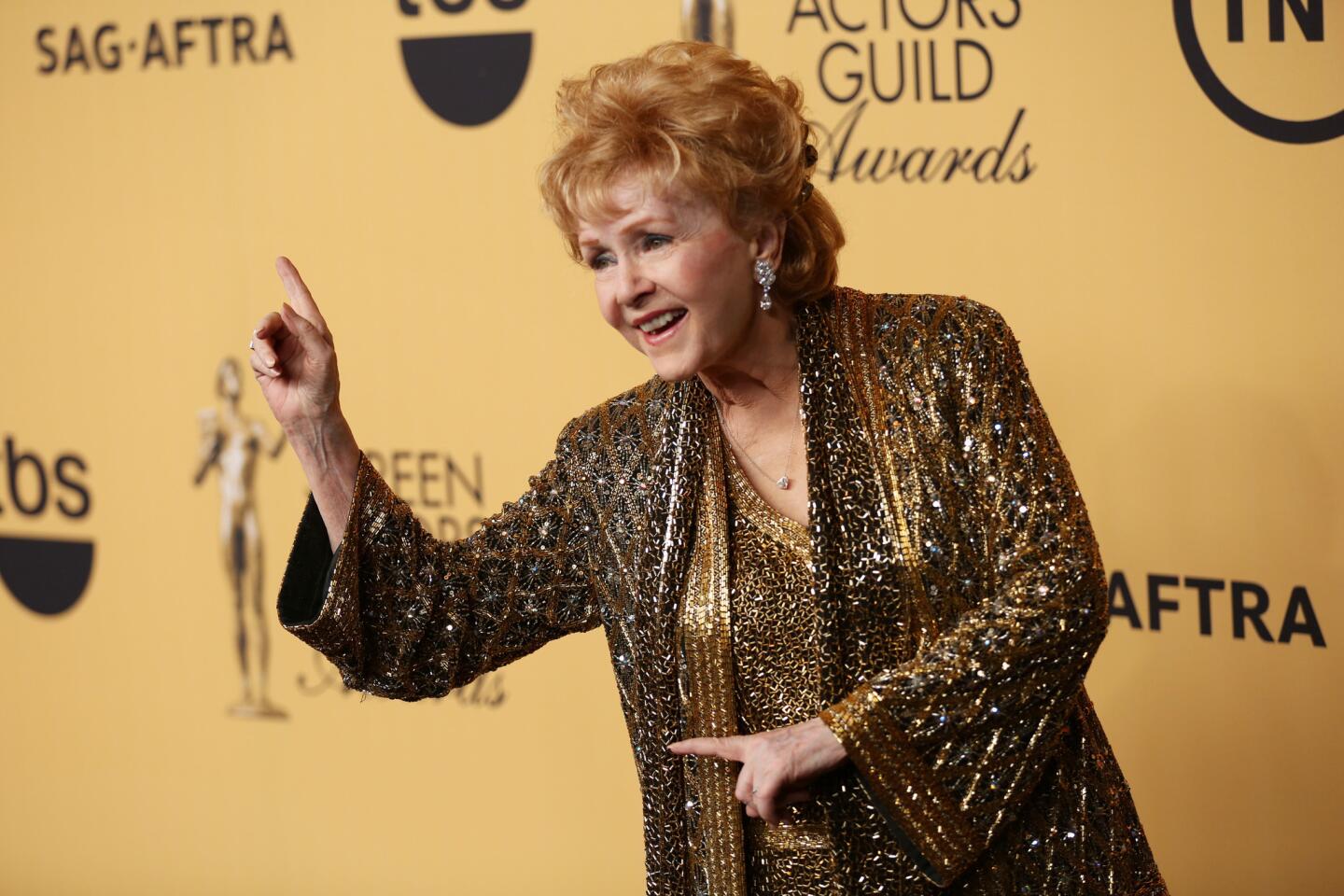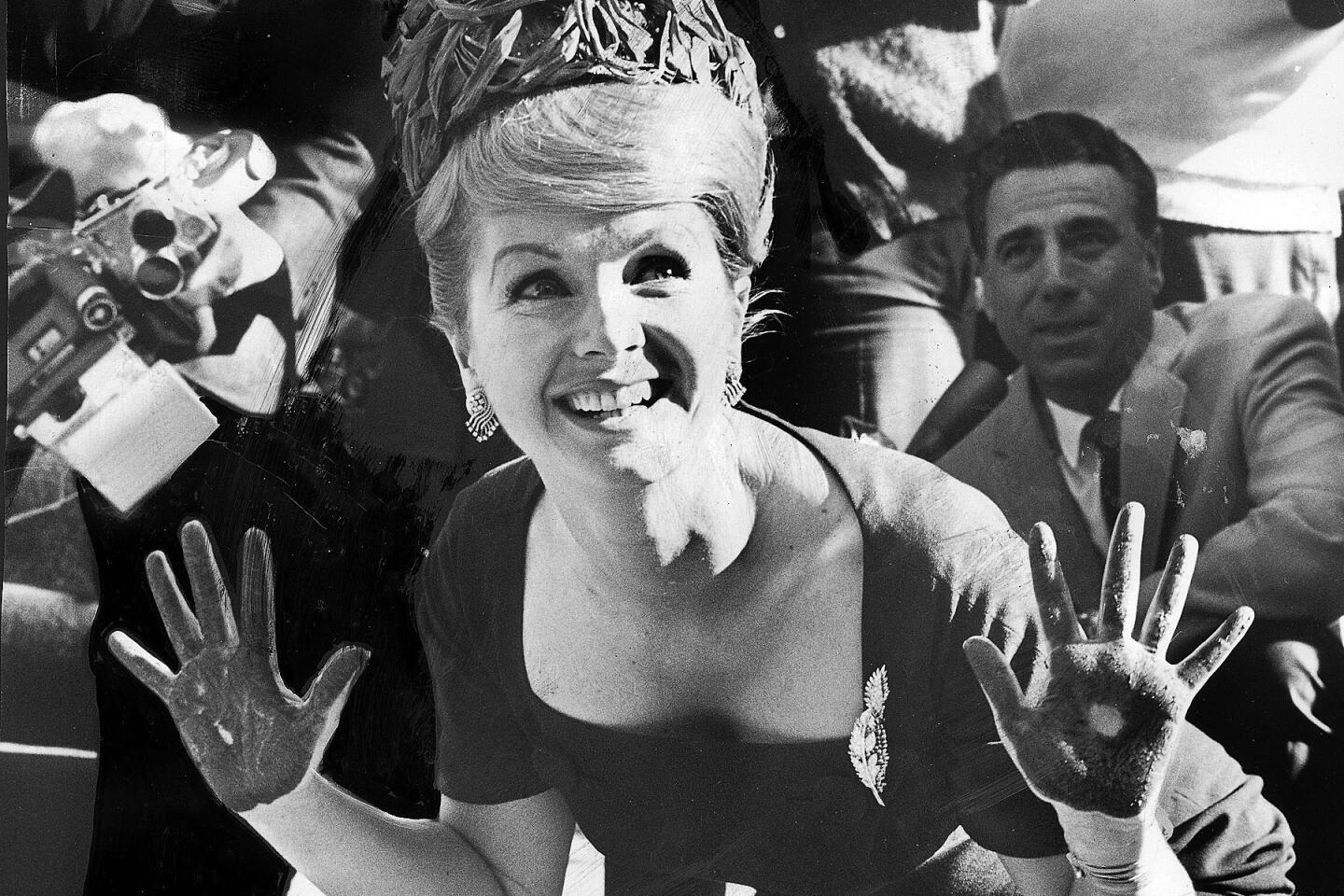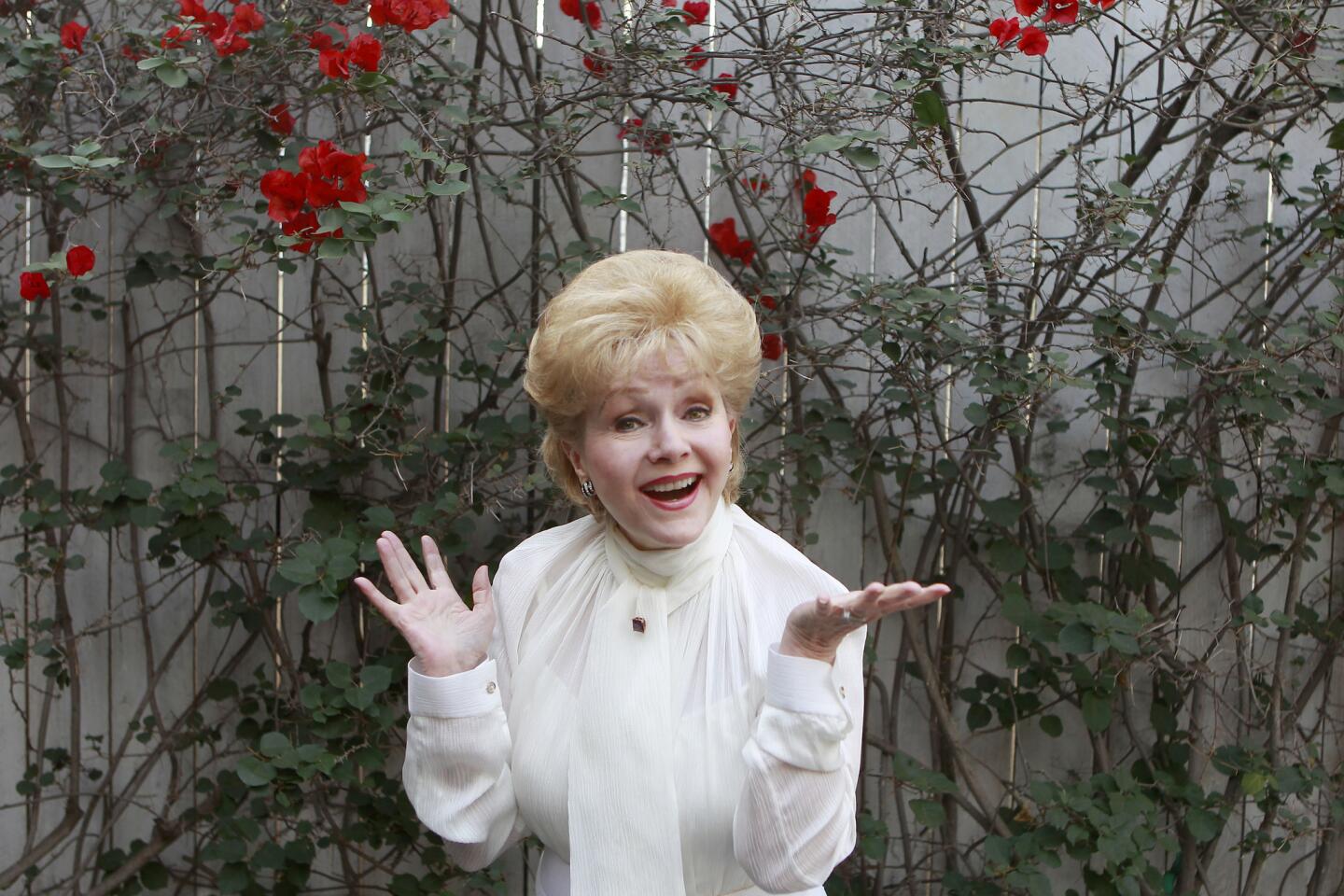With pluck and verve, Debbie Reynolds represented the best of the great Hollywood tradition

I didn’t know Debbie Reynolds, but I shook her hand once. Not as a film critic but just as a fan, watching in awe as she cheerfully made her way through a scrum of admirers at a TCM Classic Film Festival event in Hollywood a few years back.
The qualities she displayed on that public night, the energy, the sparkle, the pluck, were things I had always admired in her on the screen in a career that lasted more than half a century. That and something more.
For though Reynolds’ trajectory is usually, and accurately, described as taking place in a Hollywood in transition, a Hollywood where the massive audiences of the Golden Age could no longer be taken for granted, that was not the whole story.
There was something, in my mind at least, about the glamour that surrounded Reynolds, about her determination to entertain no matter what the cost, that made her part of the old school contingent. She was, to borrow a phrase from one of her best-known roles, the unsinkable Molly Brown for real.
Even aspects of Reynolds’ personal life appeared to come right out of a Douglas Sirk melodrama. For instance, her seemingly storybook marriage to heartthrob singer Eddie Fisher, followed by the savage public betrayal of Fisher’s affair with Elizabeth Taylor.
Even the sad circumstances of Reynolds’ death, just a day after the unexpected loss of her beloved daughter, Carrie Fisher, seems like the kind of situation only a battered old screenwriter like F. Scott Fitzgerald’s Pat Hobby would dare write.
Reynolds herself seemed to feel this connection, understanding, as almost no one else did, the importance of preserving the tangible aspects of classic Hollywood, the costumes, props and memorabilia, for future generations to marvel at.
So, the actress devoted considerable time and money to acquiring a huge trove, including more than 3,500 costumes — Marilyn Monroe’s dress from “The Seven Year Itch,” Judy Garland’s from The Wizard of Oz” and Charlie Chaplin’s bowler hat, among other things — that she always wanted to enshrine in a proper museum. (Now that the Academy of Motion Picture Arts and Sciences is finally putting together just such an establishment, that Reynolds’ collection was sold piecemeal before the powers that be realized how irreplaceable it was is something that saddens all concerned).
Reynolds also fits snugly into the studio era because she was one of the last of the actresses to be brought into the Dream Factory the old fashioned way.
Born Mary Frances Reynolds in 1932, she was named Miss Burbank 1948 by a panel that included studio talent scouts, and, with no previous thoughts of acting (a gym teacher had been her career goal), she became a Warner Bros. contract player. The studio changed her name to Debbie and put her to work.
While a chunk of Reynolds’ decades-long output includes fluffy, youth-oriented items like “Tammy and the Bachelor,” “The Affairs of Dobie Gillis,” even “The Singing Nun,” film fans think of her first and foremost for her starring role in one of the greatest of movie musicals, 1952’s “Singin’ in the Rain.”
Because she was only 19 and without significant dancing experience, Reynolds was not the obvious choice for ingénue Kathy Selden, a role for which both Judy Garland and June Allyson were apparently considered. But Reynolds had one distinct advantage: She didn’t have to act the fresh-faced ingénue, she was one. And once she got the role, no one worked harder.
The actress pushed herself for months — “the university of hard work and pain,” her costar and mentor Gene Kelly called it. She got good enough, after 14 hours of rehearsal that led to bleeding feet, to dance seamlessly over a sofa with Kelly and costar Donald O’Connor in the first number she shot, the classic “Good Morning.” She looked, in fact, like she’d been making moves like that her whole life.
With the exuberance and joy of performance as one of its themes, “Singin’ in the Rain,” and Reynolds’ part in it, has proved to be the Hollywood musical’s most durable example, the real tinsel underneath all the fake stuff.
A case in point of how valuable the good feeling and high spirits Reynolds personified came the night of Sept. 11, 2001, when Frank Pierson, the Oscar-winning screenwriter of “Dog Day Afternoon,” was looking for a movie to watch with his wife to take his mind off the World Trade Center catastrophe.
The choice, as Pierson revealed to an academy audience a few years later, was a snap: “Singin’ in the Rain.” A film guaranteed to lift your spirits, even if you’re facing what looks to be the end of the world, and a great way to remember Debbie Reynolds, unsinkable to the end.
ALSO
Debbie Reynolds, who sang and danced to fame in ‘Singin’ In The Rain,’ dies at 84
Debbie Reynolds lived a bold life on screen and off
More to Read
Only good movies
Get the Indie Focus newsletter, Mark Olsen's weekly guide to the world of cinema.
You may occasionally receive promotional content from the Los Angeles Times.
